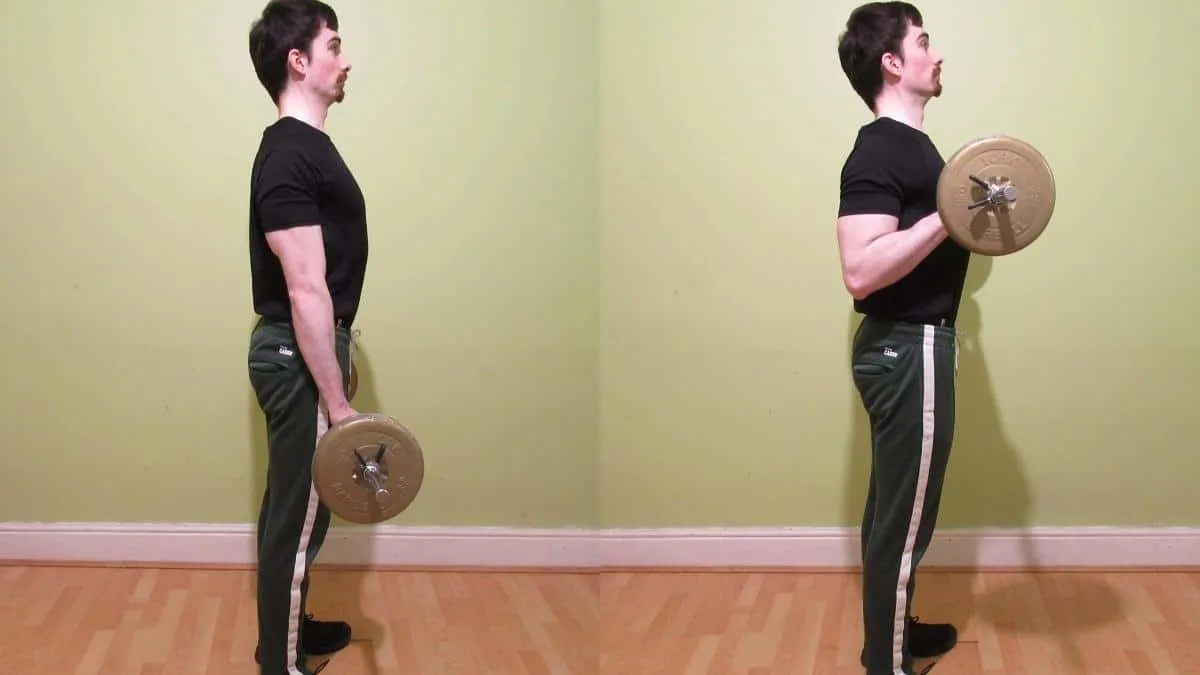The reverse drag curl is a really useful movement for working the bicep muscle and the brachialis because you can do it absolutely anywhere, providing that you have access to some basic free weights.
Compared to the regular reverse curl, reverse drag curls help you to keep tension on the target muscles because you can’t swing the weight up with your shoulders. As such, it’s an excellent exercise for building muscle mass, but it’s equally handy for beginners because there’s less room for error.
Related: Hammer vs reverse curl
Reverse drag curls exercise details
- Also Known As: Overhand drag curl, pronated drag curl
- Main Muscles: Biceps brachii, brachioradialis, brachialis
- Secondary Muscles: Forearm extensors
- Exercise Type: Strength
- Exercise Mechanics: Isolation
- Difficulty Level: Beginner
- Equipment Needed: Barbell or dumbbells
How to do reverse drag curls
- Load some weight onto a bar or grab a pair of dumbbells (see our dumbbell drag curl guide for more info on the differences).
- Hold the weight with an overhand grip and drag it up your body by letting your elbows drift behind your torso.
- Keep lifting until the undersides of your forearms make forceful contact with your biceps.
- Hold the contraction for a full second, and then lower the weight under control until your elbows are fully locked out.
- Perform 3-5 sets of 6-15 reps in total.
Reverse drag curl advantages
While exercises like the EZ bar drag curl have their plus points, there are certain advantages to the reverse grip drag curl that other movements just don’t provide. Here’s what you can expect to gain from doing your drag curls with an overhand grip.
Builds the brachialis
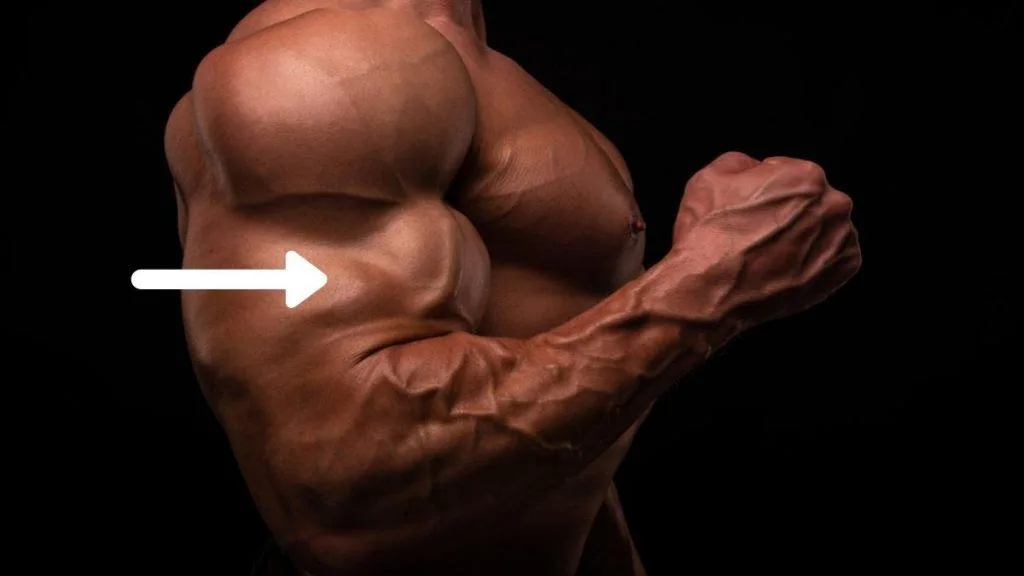
Many coaches claim that the Smith drag curl—and other such variations that use an underhand grip—are better for developing more peaked biceps because they target the long head. While this assumption is definitely true, the barbell reverse drag curl, which features in our chest and biceps program, is similarly effective because it targets the brachialis.
This muscle, which is a weak point for many lifters, will make your biceps look wider when well developed, which in turn will make them appear more peaked when viewed in a flexed position from behind.
The catch is that you need to perform high repetitions with slower tempos in order to train the brachialis optimally because it’s a slow-twitch muscle. [1] In practice, you should drag the weight up forcefully and then lower it over a count of 3-5 seconds.
As for reps, sets of 10-15 are your best bet so that this fatigue-resistant muscle gets the tension that it needs to grow.
Develops the brachioradialis
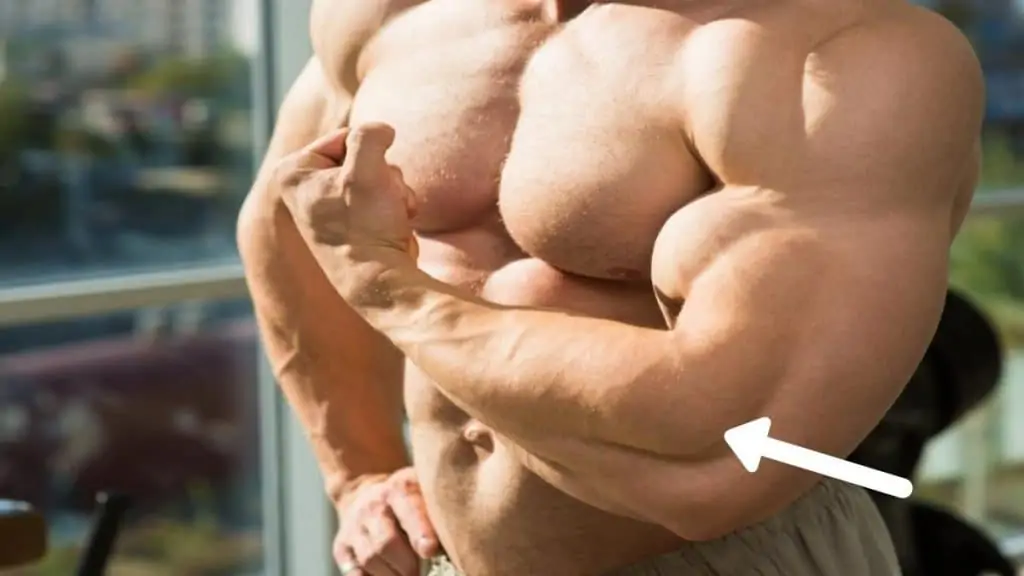
The brachioradialis is a thick forearm muscle that sits below the biceps and which can dramatically improve the appearance of your arms when well developed.
To target it optimally, make sure to flex the top of your forearms forcefully at the top of each rep. This will ensure that your brachioradialis is getting a full range of motion and receiving a proper contraction.
Unlike the brachialis, the brachioradialis is a fast–twitch dominant muscle, and so it naturally responds better to heavy weights and explosive rep tempos. [2]
As such, to get the most from reverse drag curls, you’ll want to lift heavy on your initial sets (when you’ll naturally be at your strongest) and then lighten the resistance on your final 2-3 sets to really burn out your brachialis with the slow negatives that I recommended above.
Related: Barbell curls vs reverse barbell curls
It’s convenient
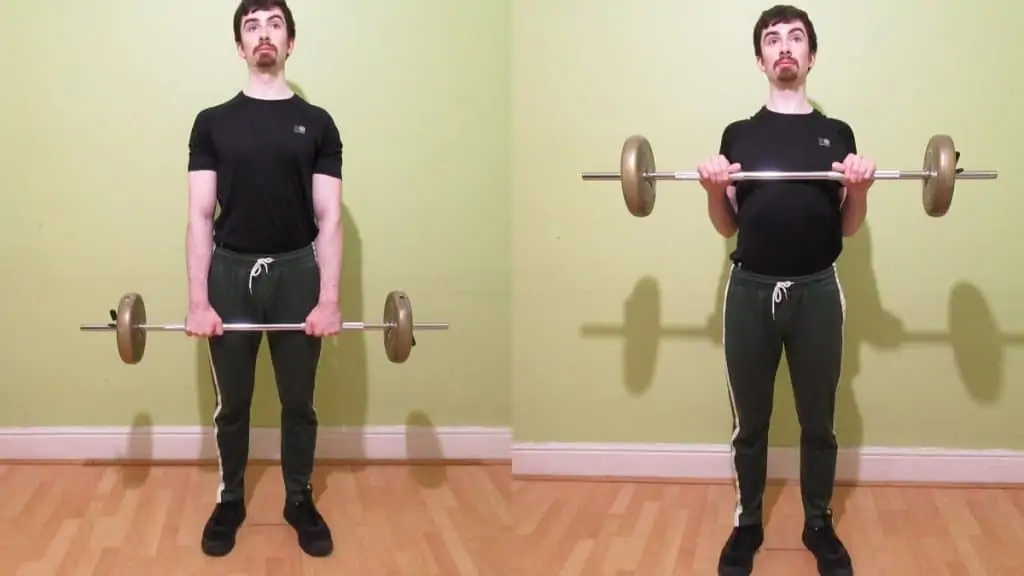
Training in a gym has its perks. For example, you have a large selection of workout equipment at your disposal. The downside is that many fitness facilities can get busy, which means that you’re often spending time waiting for a bench or for a particular machine to become available.
With reverse grip drag curls, on the other hand, all you need are free weights and a small space to stand in. Therefore, it’s a highly convenient exercise that will help to trim down your gym time. And of course, it’s also ideal if you lift at home and only have access to basic equipment.
Doing a drag curl with bands or performing a plate reverse curl is similarly convenient for working your brachialis and brachioradialis, so definitely check them out if you enjoy simple yet effective exercises.
Read More: How to get long biceps
In conclusion
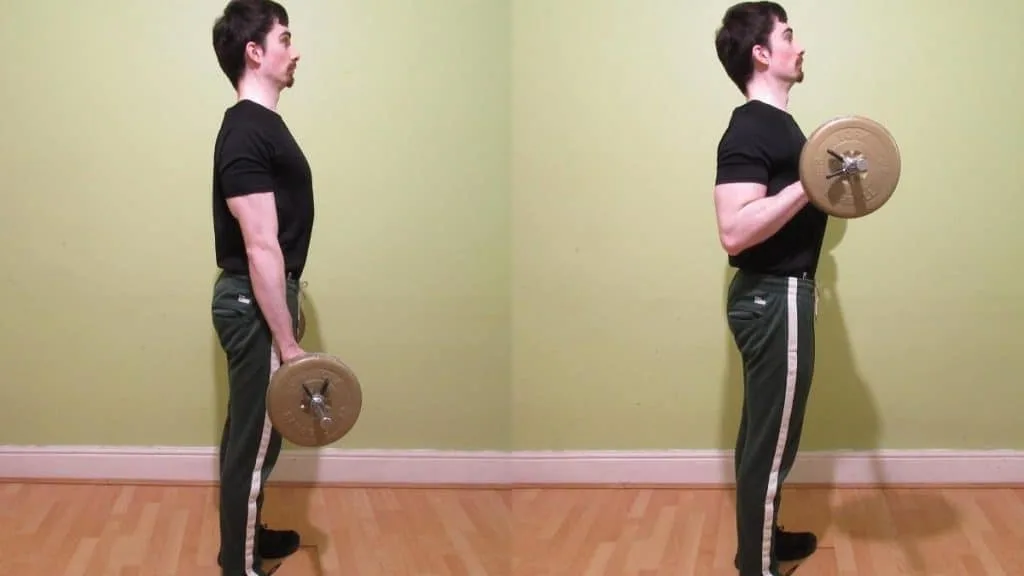
Reverse drag curls are a highly underrated exercise for developing a proportional physique, especially if you already have decent biceps. By doing pronated drag curls, you’ll naturally shift the tension onto your brachialis and brachioradialis muscles, which will help your arms to look more balanced and aesthetic.
The most important piece of advice is this: Always keep the bar as close to your body as possible so that you can keep the tension on your arms rather than on your front delts. Essentially, you want to drag the weight up your body and never let it drift forward.
References
- McCall, P. (2015, October 30). Muscle Fiber Types: Fast-Twitch vs. Slow-Twitch. ACE Blog. https://www.acefitness.org/education-and-resources/professional/expert-articles/5714/muscle-fiber-types-fast-twitch-vs-slow-twitch/
- Roy, R. R., Bello, M. A., Powell, P. L., & Simpson, D. R. (1984). Architectural design and fiber-type distribution of the major elbow flexors and extensors of the monkey (cynomolgus). American Journal of Anatomy, 171(3), 285–293. https://doi.org/10.1002/aja.1001710305

